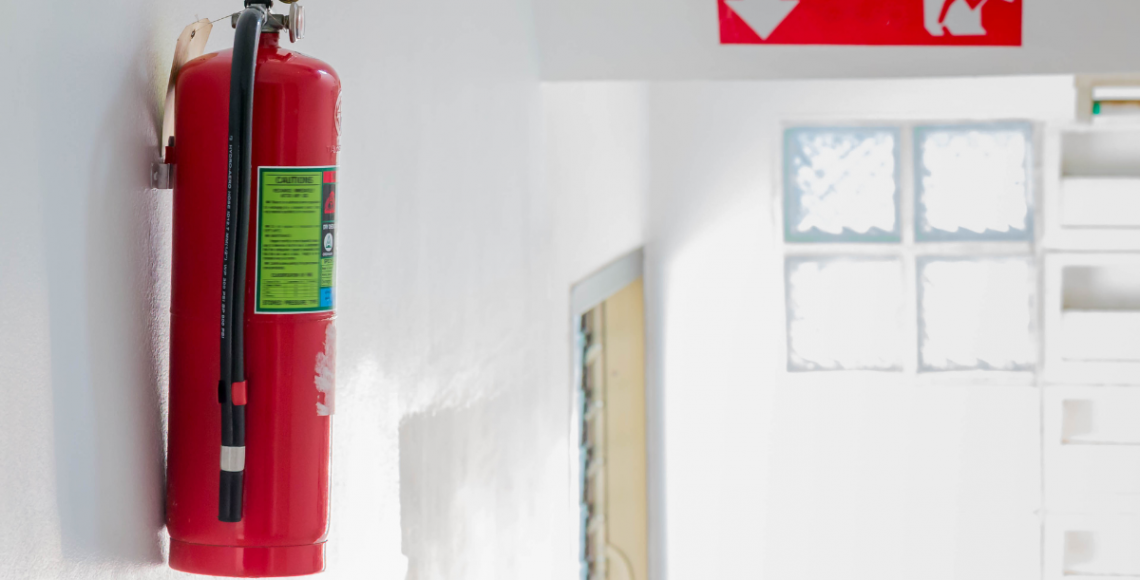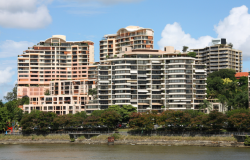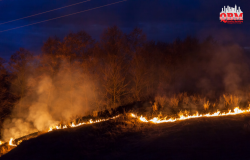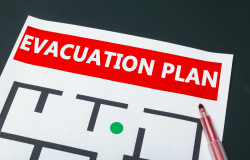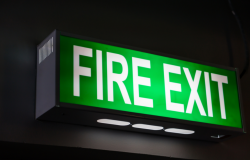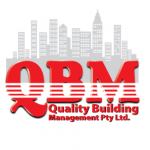Building Fire Safety in Queensland: A Look at the Regulations
Building fires can have devastating consequences. They can cause injury, loss of life, and significant property damage. That is why building fire safety is so important, and why it is regulated by the Queensland Building and Construction Commission (QBCC) and the Building Fire Safety Regulation 2008 in Queensland, Australia.
These regulations are designed to ensure that buildings are constructed, maintained, and equipped with the necessary fire protection systems, fire-resistant materials, and means of escape to keep occupants safe in the event of a fire.
In this comprehensive guide, we’ll take a closer look at the key components of building fire safety regulations in Queensland. We’ll also cover what building owners, designers, and constructors need to know for fire compliance.
Fire Protection Systems
Fire protection systems are critical for detecting and suppressing fires in buildings. The Building Fire Safety Regulation 2008 outlines the requirements for fire protection systems, including fire alarms and sprinkler systems.
Fire alarms are essential for detecting fires and alerting building occupants to evacuate. The regulations specify the requirements for fire alarms. Regulations include the type of fire alarm system that must be installed, the location of fire alarms, and the fire alarm testing requirements.
Sprinkler systems are also important for suppressing fires and controlling the spread of fire. The regulations outline the requirements for sprinkler systems, including their design, installation, and maintenance.
Fire-resistant Materials
The use of fire-resistant materials is critical for limiting the spread of fire. They also provide occupants with enough time to evacuate the building. The Building Fire Safety Regulation 2008 specifies the fire resistance requirements for building elements, including walls, floors, and ceilings.
Building elements must be constructed from fire-resistant materials. These materials include concrete, steel, or fire-rated gypsum board. Additionally, they must have the required fire resistance level as specified in the regulations. This ensures that the building will remain structurally stable and that fire will not spread quickly through the building.
Fire Separation
Fire separation is the physical barrier between different parts of a building that limits the spread of fire and smoke. The regulations outline the minimum fire separation requirements for buildings, including the fire resistance level of walls, doors, and other elements.
For example, walls and doors separating different parts of a building must have a minimum fire resistance level. This helps to contain the fire, prevent it from spreading, and ensure that occupants have safe and protected means of escape.
Means of Escape
Means of escape refer to the routes and exits provided in a building to allow occupants to evacuate in the event of a fire. The Building Fire Safety Regulation 2008 specifies the number, type, and location of means of escape, including fire exits, fire stairs, and fire corridors. This is part of your emergency management plan.
For example, buildings must have at least two means of escape and fire exits must be clearly marked and easily accessible. Additionally, fire stairs must be constructed to meet the fire resistance requirements and provide a safe means of escape.
Fire Safety Signage
Fire safety signage is an important component of building fire safety. It provides clear and concise information about how to evacuate the building in the event of a fire. The Building Fire Safety Regulation 2008 specifies the type and location of fire safety signage, including fire exit signs, fire action notices, and emergency evacuation diagrams.
For example, fire exit signs must be clearly visible and located near exits. Furthermore, the fire action notices must be posted near fire alarms and outline the steps to take in the event of a fire. Evacuation diagrams must also be posted in prominent locations.
Compliance with the Building Fire Safety Regulation does not have to be complicated. We at QBM provide fire compliance services to assist you through the process. Give us a call today to discuss how we can help.

